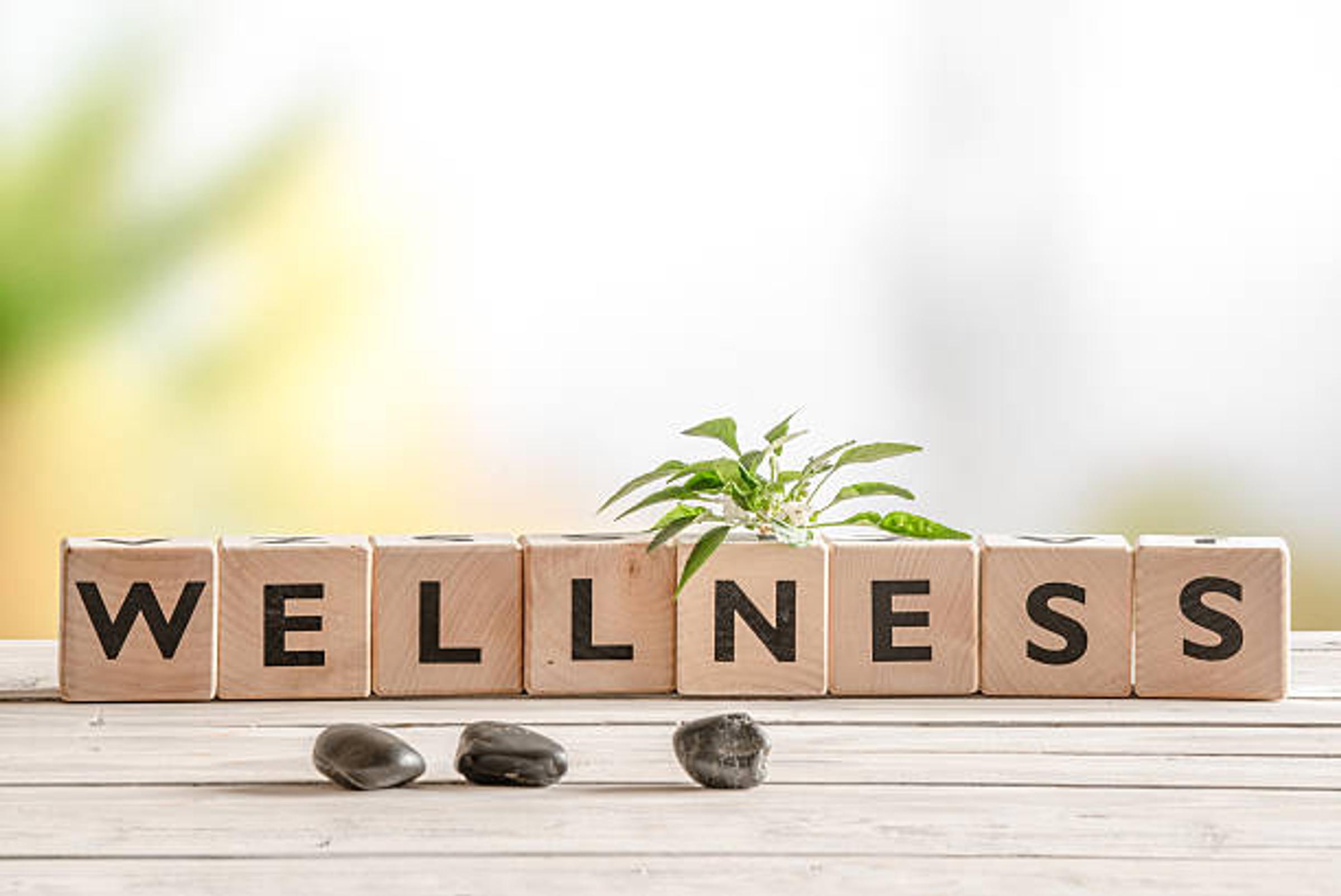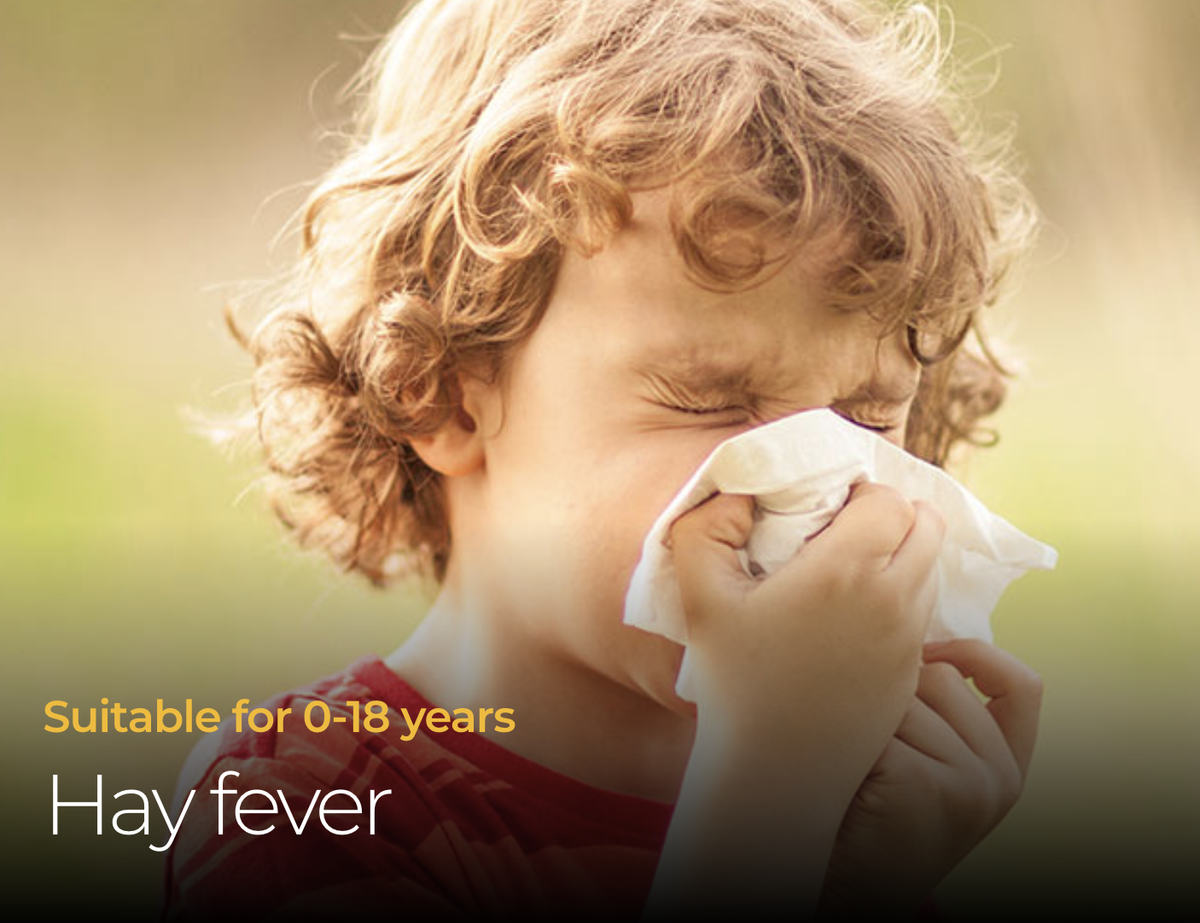Pastoral Wellbeing

About hay fever
Hay fever is a type of allergic reaction. It happens when pollens and dust mites in the air get into your nose and eyes, which can cause inflammation. It usually affects the nose, face, sinus passages, eyes and throat.
Seasonal hay fever happens when your child has an allergy to pollens. These are small particles released into the air by some grasses and trees. Your child breathes in these pollens, and they irritate the lining of their eyes, sinuses and nasal passages.
Perennial hay fever happens all year round and is caused by other triggers. These could be dust mites in the house, animal saliva or skin cells caught in fur/hair, and mould spores. If your child gets hay fever all year round, they’re probably allergic to one of these triggers.
Hay fever is quite common. Around 15% of Australians get it.
Your child has a greater chance of having hay fever if you, your child’s other parent or your other children have an allergy. Teenagers are more likely to get hay fever than younger children.
Hay fever is also called allergic rhinitis.
Hay fever symptoms
Common symptoms of hay fever include:
- runny nose and sniffing
- blocked nose
- mouth breathing
- sneezing
- itchy eyes, nose, roof of the mouth and back of the throat
- red, sore and watery eyes.
Hay fever usually isn’t serious. But if your child is very sensitive to pollens in the air, they can develop other symptoms like wheezing, hives and rashes, especially eczema.
Hay fever can also lead to poor-quality sleep, which can lead to tiredness and poor concentration during the daytime.
Medical help: when to get it for children with hay fever
If you think your child has allergies, including hay fever, a proper assessment can help you find out what’s causing the hay fever. To start this process, you can talk to your GP.
Hay fever treatment
There’s no cure for hay fever, so treatment aims to manage symptoms.
Corticosteroid nose sprays are the best treatment for hay fever, especially for a blocked nose. Your child can use them safely throughout the pollen season for seasonal hay fever or throughout the year for perennial hay fever.
Antihistamines can help with itching, runny nose and sneezing, but they don’t usually work for a blocked nose. For more severe hay fever, the GP might prescribe a special antihistamine. Some antihistamines can cause drowsiness, so it’s best to use one that won’t make your child sleepy.
Your pharmacist or GP can advise you on the most appropriate medicines for your child.
For severe hay fever that won’t go away, your doctor might consider sending your child to a specialist for immunotherapy. Immunotherapy is also known as desensitisation, and it involves giving your child gradually bigger doses of an allergen for 3-6 months to desensitise them. This treatment aims to change the body’s immune system and switch off the allergy.
Hay fever prevention
Prevention is a big part of hay fever treatment. Prevention means reducing your child’s exposure to their hay fever triggers. Here’s how.
Pollen
- Monitor the pollen forecast for days with high pollen counts.
- Stay inside on days with high pollen counts and windy days. Also stay inside after thunderstorms.
- Keep windows and doors shut on days with high pollen counts and windy days.
- Avoid activities that expose your child to pollens – for example, mowing grass.
- Get your child to have a bath or shower after playing outside, especially if your child feels itchy.
Dust mites
- Wash your child’s sheets and pillow cases every week in water 60°C or hotter. Wash blankets, doonas and dust mite covers every 2 months in hot water.
- Cover your child’s bed with a dust mite cover, which will keep dust mites away from your child when they’re sleeping. Remove sheepskin and woollen underlays.
- Remove all soft toys from the bed and bedroom. Or you can wash them weekly in eucalyptus oil or put them in a freezer overnight.
- Vacuum carpets weekly using a good vacuum cleaner with a HEPA filter. Or try not to have carpets in your home where possible.
- Keep humidity levels low by using kitchen and bathroom exhaust fans. Keep windows open.
- Remove clutter and keep your home as clean as possible.
Animal fur or hair
- Don’t let your animal sleep on your child’s bed or in your child’s bedroom. Keep your animal outside if possible.
- Discourage your child from touching the animal they react to.
- If you visit other people with pets, get your child to have a shower and change their clothes as soon you get home.
Mould
- Air mattresses and pillows.
- Replace mouldy carpets.
- Treat mould on the wall, ceiling or windows with bleach, and then air your house.
- Use a dehumidifier in dark and damp spaces – for example, cupboards.
- If possible, investigate and fix the source of the mould or damp.
